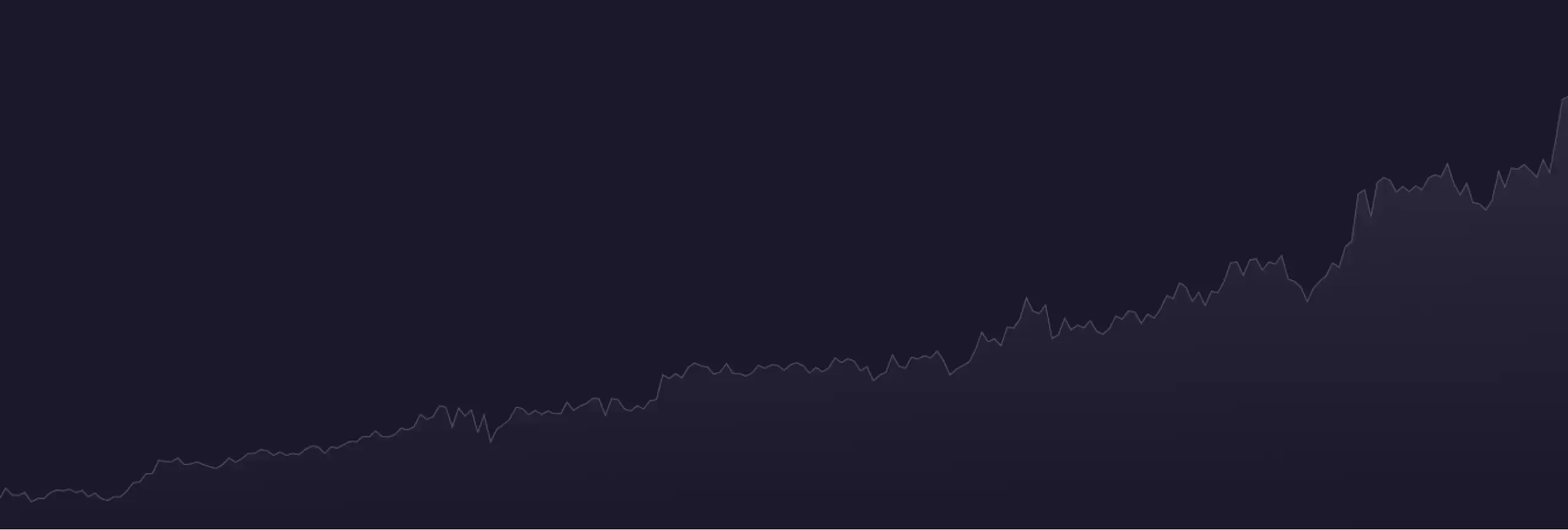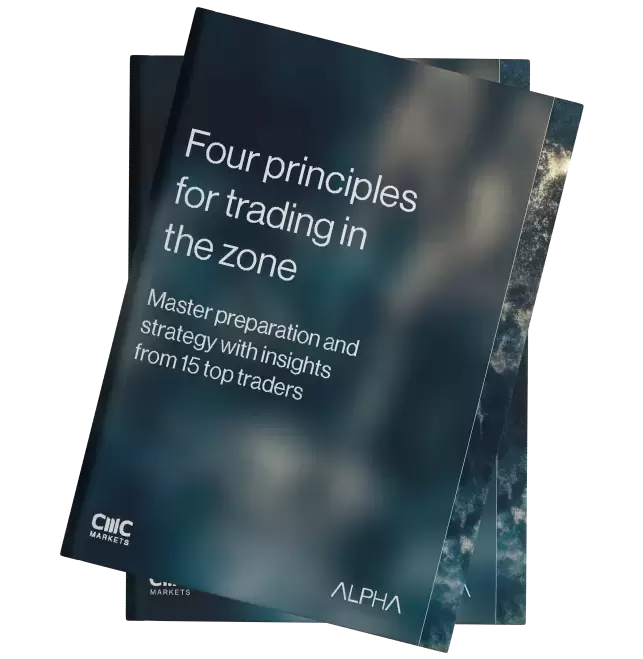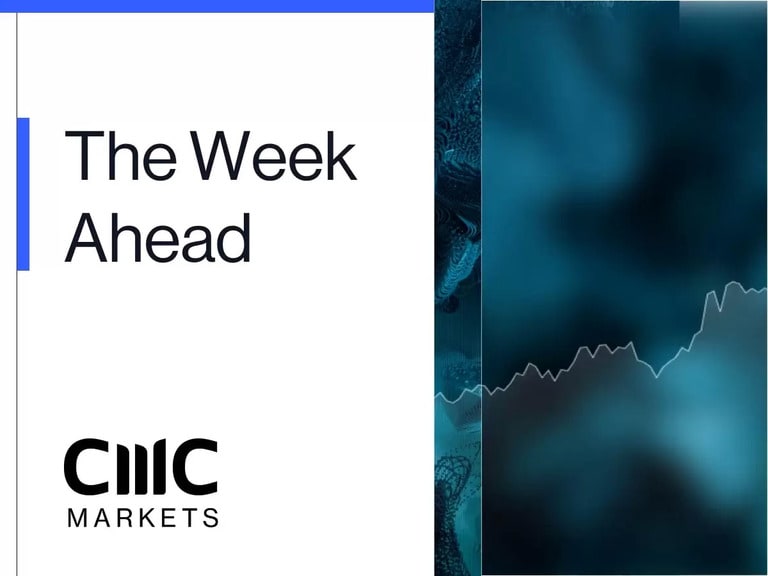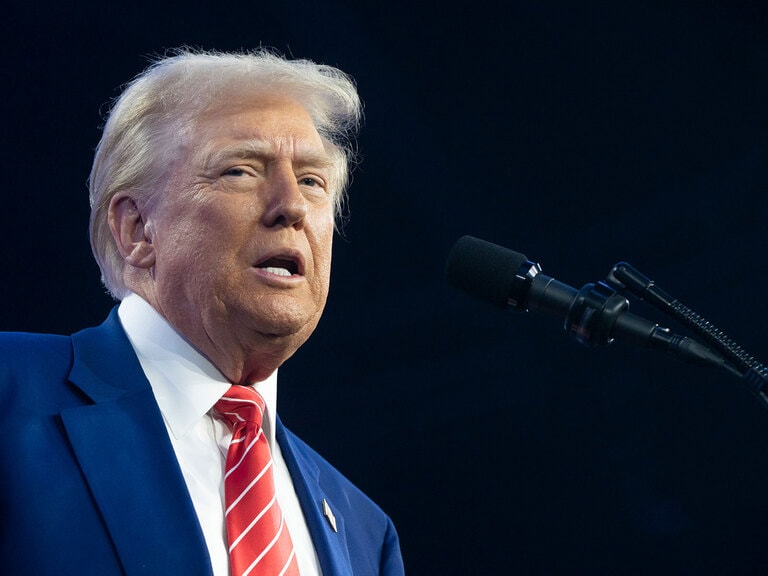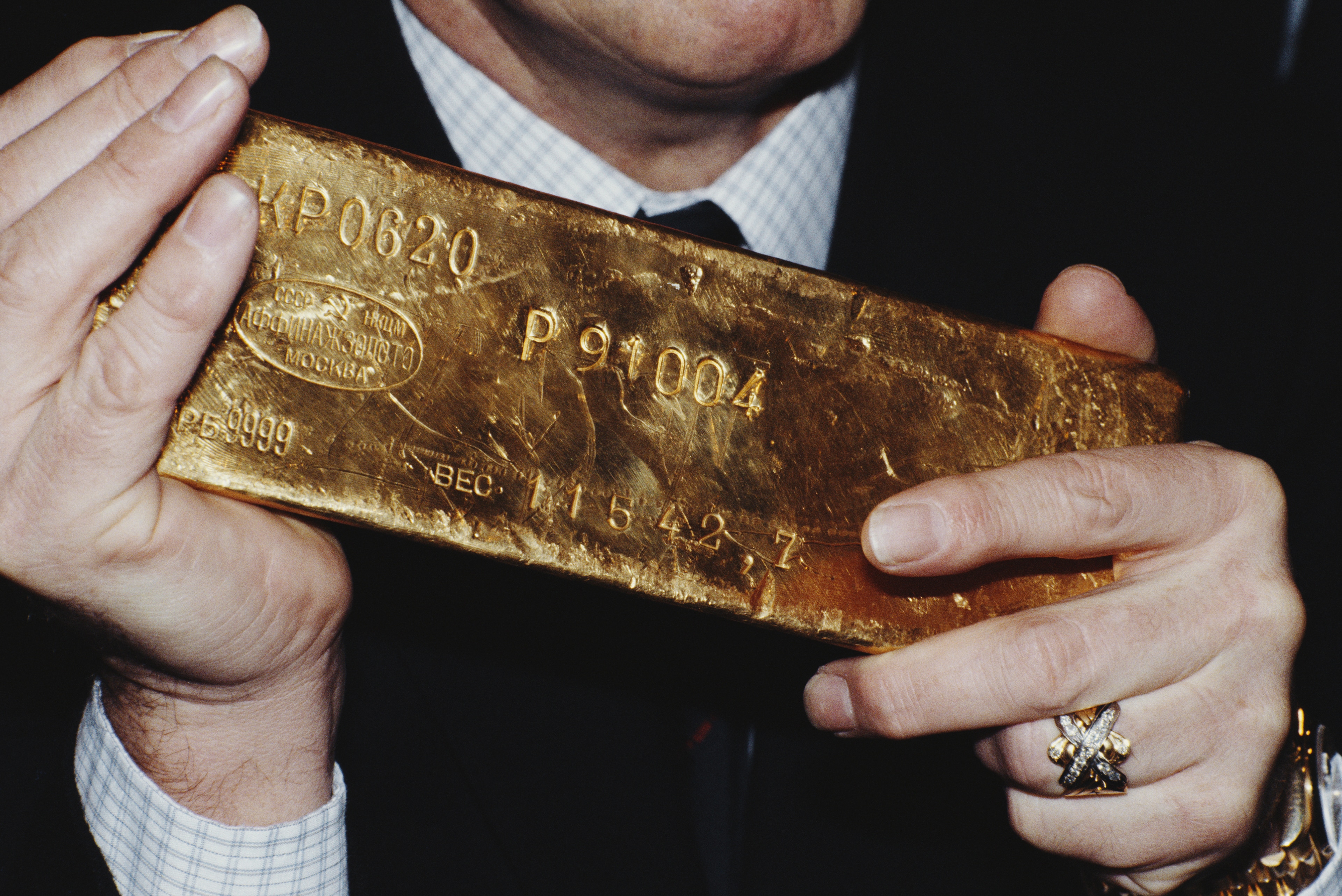
Gold continues its strong rally from January, with the yellow metal holding above its previous record of $2,790 per ounce and recording double-digit gains in 2025. Its next key upside target is $3,000.
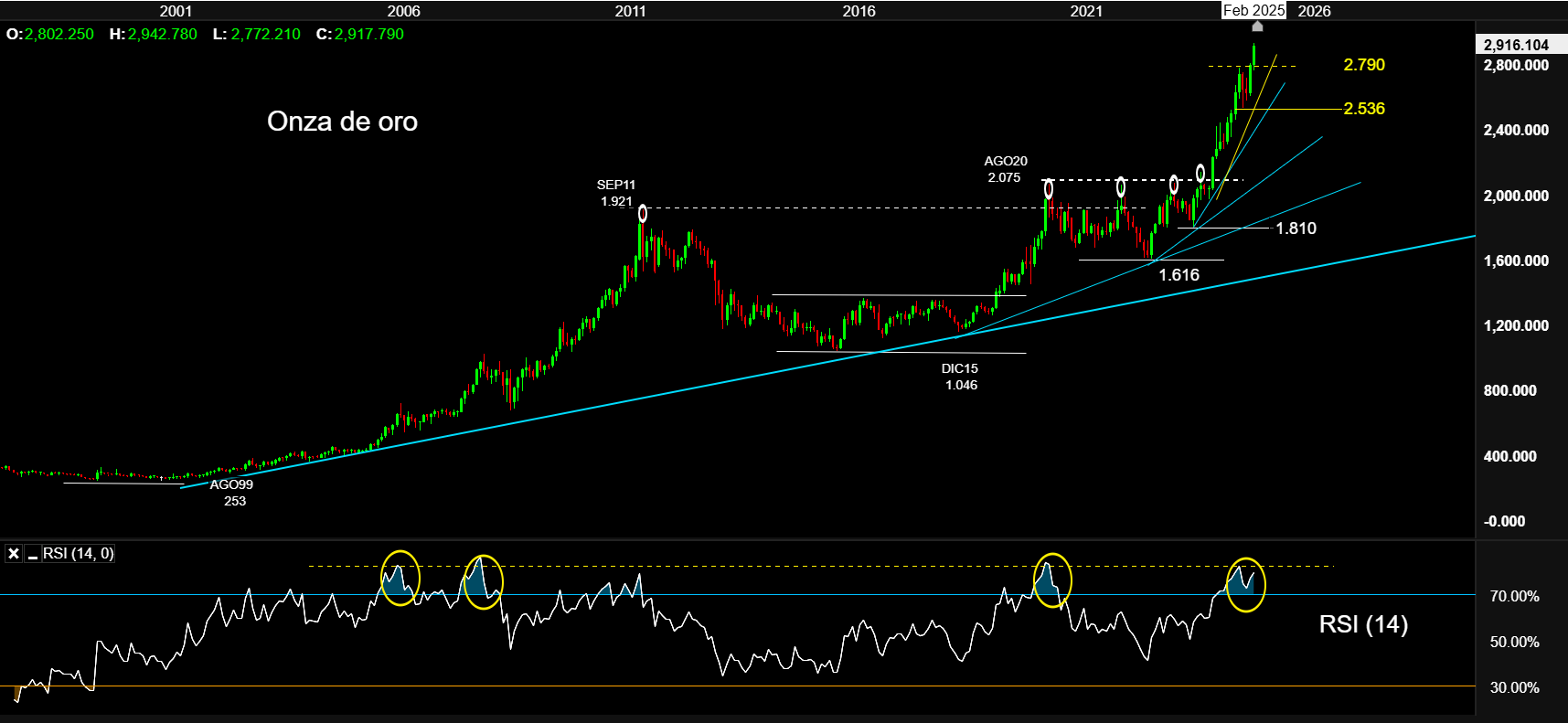
The excesses keep on coming
This bullish trend shows no sign of stopping, with overbought signals across daily, weekly, and monthly charts. Investor sentiment is bordering on exuberance - 70.83% bullish versus 4.17% bearish, according to the latest MacroMicro survey.
Positioning may be becoming more widespread. According to commodity futures and trading commission data compiled by CME, the net long balance of directional (non-hedging) positions in the derivatives markets (options and futures) is close to 30% of the open interest of total open positions.
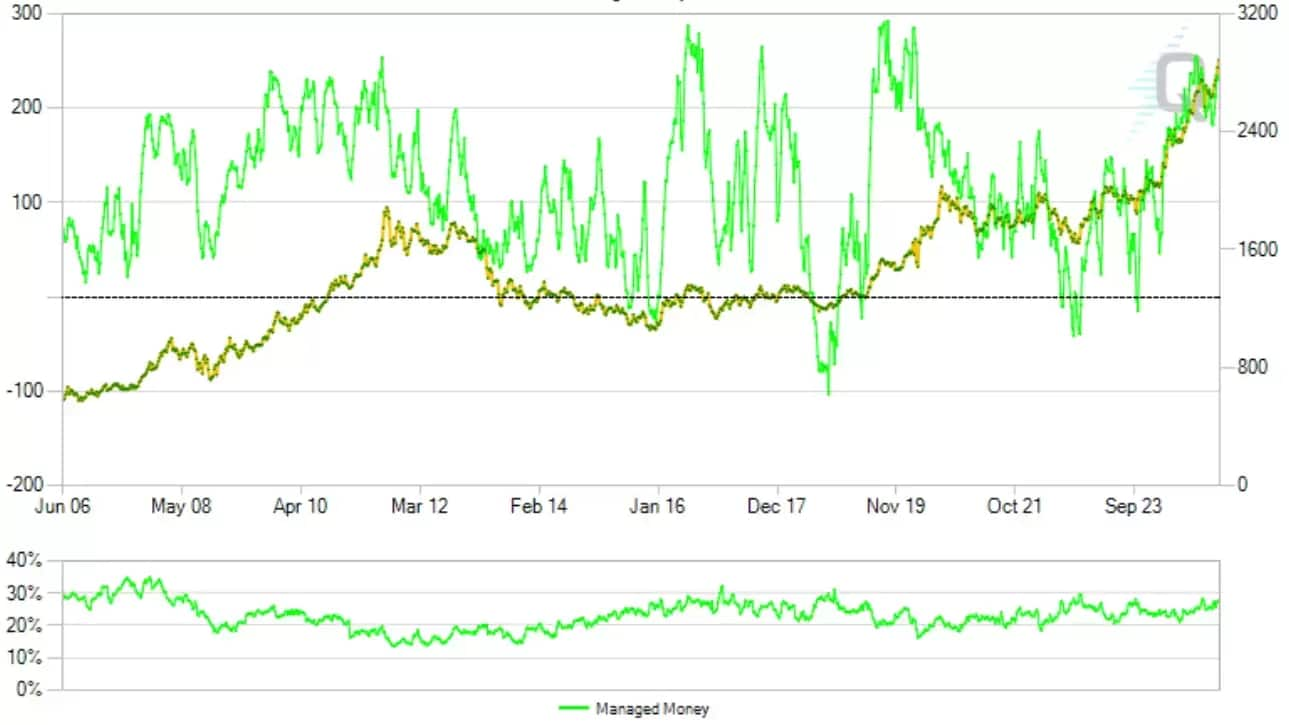
The yellow metal also seems to be breaking some of its historical correlations with other macroeconomic variables, appreciating in an environment of high interest rates and a stronger US dollar.
Strong hands demand bullion
The appetite for gold is strong. The World Gold Council’s 5 February report shows record highs in both volume and value ($382bn in 2024). Demand for gold as an investment rose 25%, driven by bullion purchases, while demand for gold as jewellery declined.
A demand for bullion is usually associated with strong hands (central banks and large investors) who like to keep gold close. The Financial Times noted that demand for physical gold in the US had delayed deliveries from the London Bullion Market Association last week.
What could support the high appetite for gold at these prices?
Gold's rally is supported by strong trend and momentum signals, attracting trend-following investors in derivatives markets. However, rising interest rates and a stronger US dollar typically work against gold, and could do so now.
The key drivers now appear to be risk and uncertainty — nine out of the 10 economic policy uncertainty indices rose in January, with trade, tax, and regulation concerns leading the surge.
Disclaimer: CMC Markets is an execution-only service provider. The material (whether or not it states any opinions) is for general information purposes only, and does not take into account your personal circumstances or objectives. Nothing in this material is (or should be considered to be) financial, investment or other advice on which reliance should be placed. No opinion given in the material constitutes a recommendation by CMC Markets or the author that any particular investment, security, transaction or investment strategy is suitable for any specific person. The material has not been prepared in accordance with legal requirements designed to promote the independence of investment research. Although we are not specifically prevented from dealing before providing this material, we do not seek to take advantage of the material prior to its dissemination.

















